Frontmatter
Johanna Drucker begins with discussing 2 visuals. One by Kircher in 1669 – a system of the mystic Ramon Llull’s ‘Great art of knowing’ – as PRODUCING the knowledge it draws (which looks like and idea of how humans make connections(?) and Kircher’s computer generated image, although looking quite similar, which Drucker says only DISPLAYS information. This similarly reminds me of my report on STAMEN design, which I felt only replicated what the FACEBOOK, ‘virality’ of George Takei’s post of Marvin the Martian might be visualized as.
With this short frontmatter text, I thought of what really constitutes art? And conversely, data visualizations? How is it different? I also questioned the idea of photography as art. Is it interpretation, point of view? My burning question was – what makes information (if its all representation), different than art?

Chapter 1 – Image, Interpretation, and Interface
Is Data Visualization is the epistemology and creation of a new language? There’s always a play between wanting to abstract form (as in Graphics) and math (the cross between calculus and geometry). She breaks down visual epistemology into a systematic 8 points.
- Knowledge and/as vision OR Order/Classification
Johanna Drucker discusses the ideas of both KNOWLEDGE and/as VISION, or what we know and see, vs. HOW we interpret what we see. This is one of the issues that have inspired artists of all time. When we see a catalog of screws at a hardware store – do we see this as ‘information’ or direction? Or likewise, when we see Marcel Duchamps ‘Nude descending a staircase’ – is this merely vision, point of view, or because it IS part of our thought process – reality?

2. Formal systems.
We want to simplify our visual information into a system of geometry. Basically trying to create a universal language in which to put order to our lives - Mapping, the ‘language of form’. We are ‘told’ information by cultural and decorative motifs (see ‘oriental’ or ‘muslim’ typeface types for reading menu’s or store signs). Or is looking at Munsell's color tree also and form of visual language that ‘informs’?
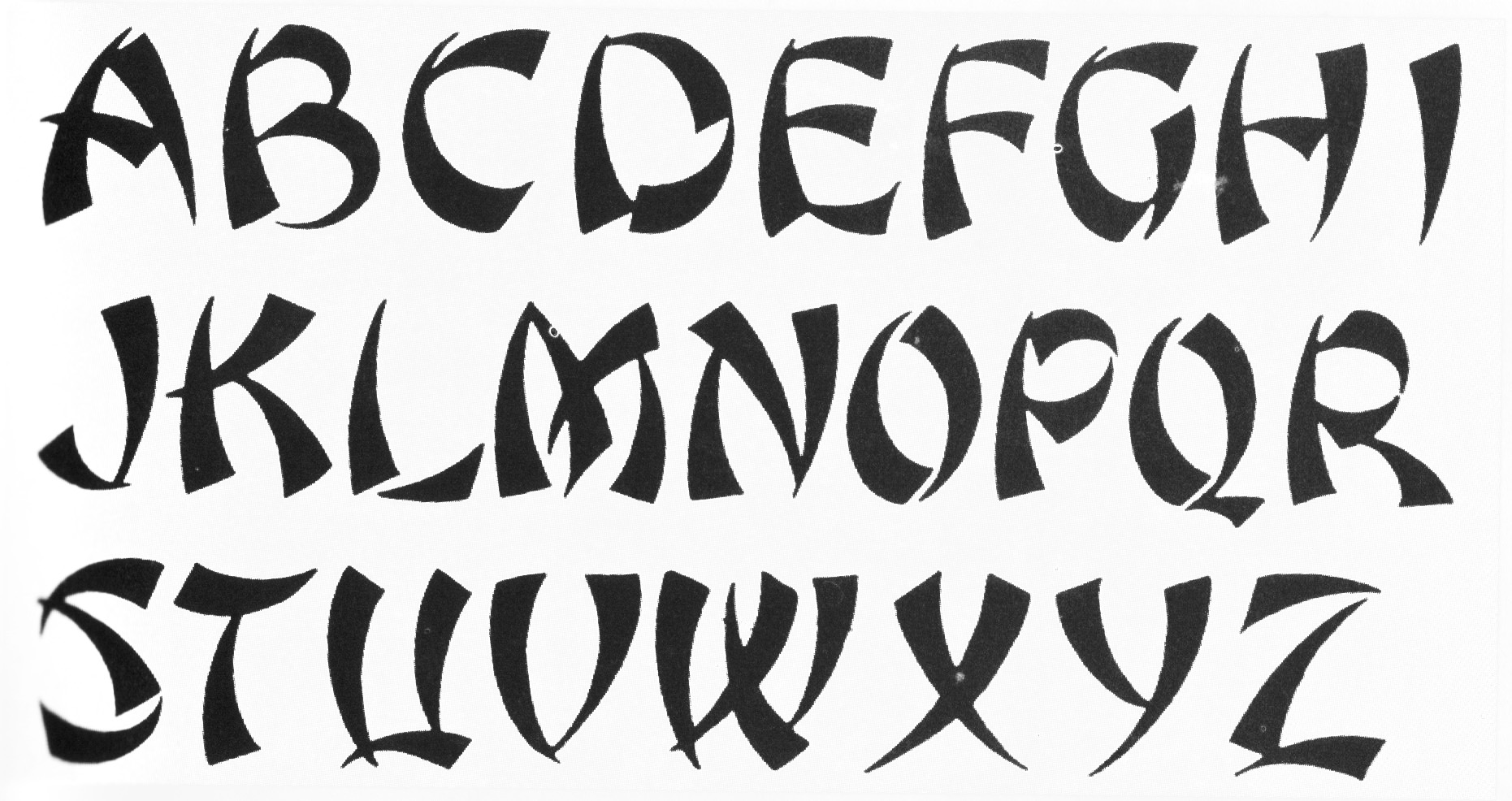

3. Dynamics of Form/Universal principles
Formal systems, or the universal principals of design. Examples of Jan Tschicholds Bauhaus typography book, and various layouts to Kazimir Malevich and El Lizzitsky Suprematist paintings, which became a type of religious doctrine for him. When we try to formalize design, don’t we get into cultural deviations? Sometimes bordering on with almost zealous religiosity? Aren’t these formal systems meant to be broken so new formal systems can be created?

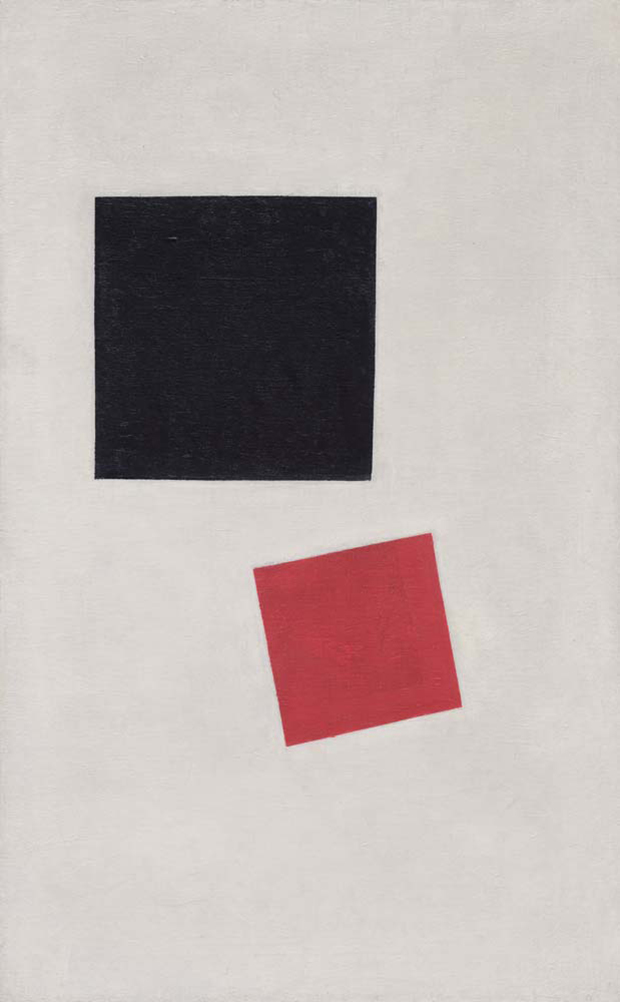
4. Gestalt – (my personal favorite) or the human experience
Our brains finishes up visual representations, a zillion times a day.


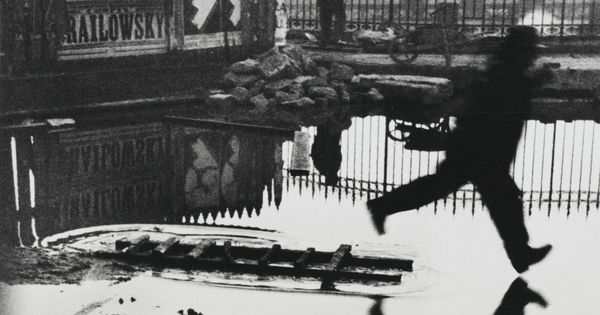
5. Semiotics – (my second personal favorite)
or basic understanding of what you are seeing. We try to understand what we are seeing by a series of systems and visual clues. ( I'll discuss that at the end with my brief review of the 'Semiotics of Visual Language' by Fernande Saint-Martin
6. Graphics and editing: framing and reading
Visual editing and framing or how gestalt is applied, we create our OWN stories.
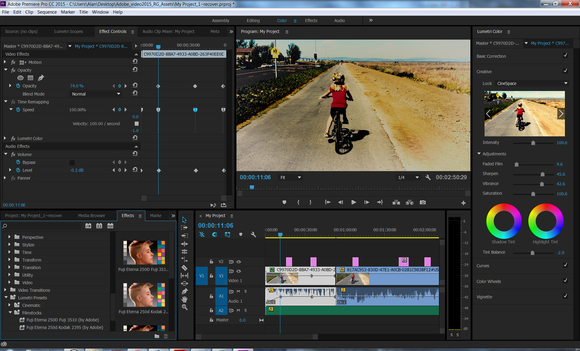
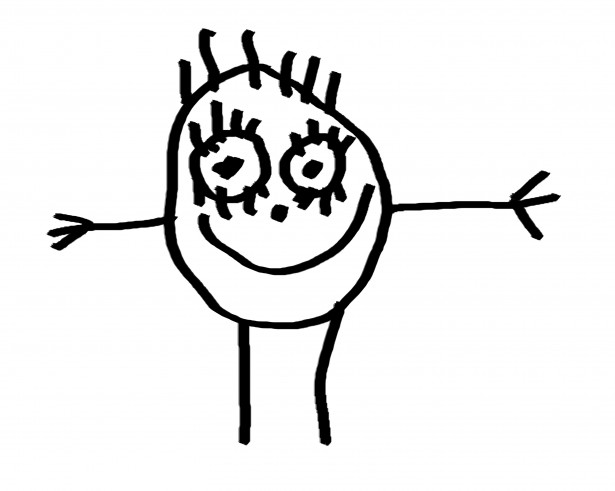
7. Processing images.
Computational processes. We are constantly trying to organize our visuals.

8. Classifying graphic images for humanistic projects.
Formal languages that we have adopted. Western calendar vs Tibetian circular calendars.
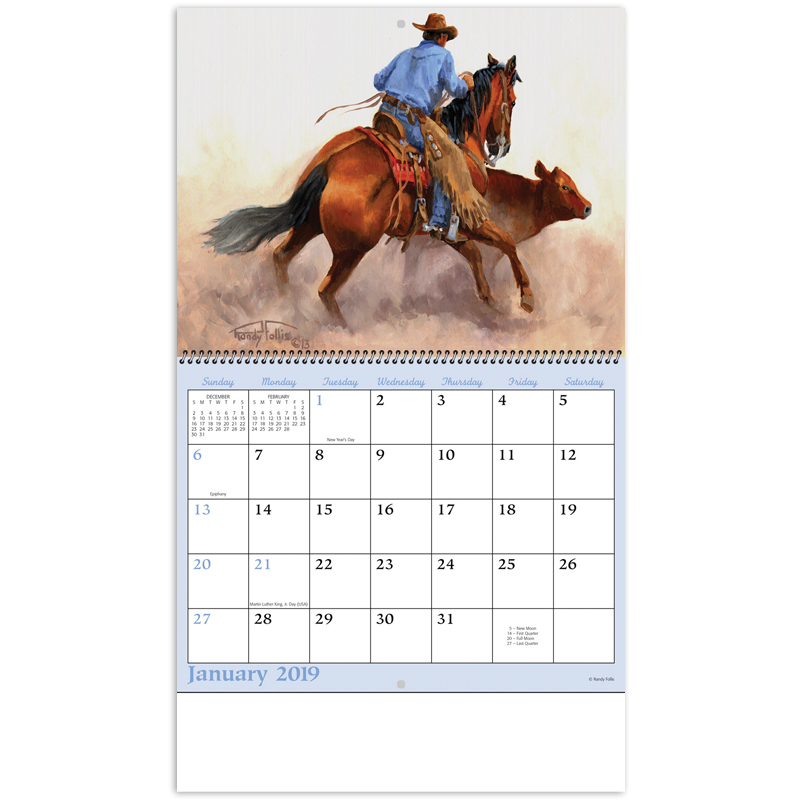
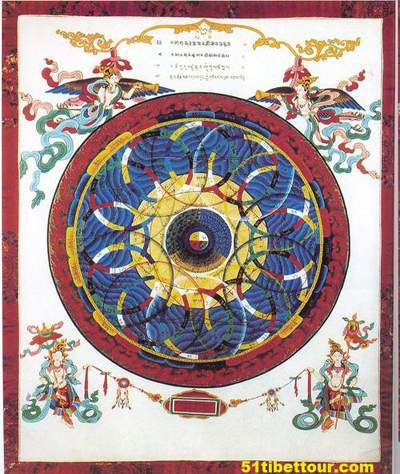
I enjoyed the last 'Window Slide' which discussed the Books of the Future, where we make up our own maps, schedules, repositories – of our world of experiences and the way we want to live our lives. But the question still remains – look at politics, religion, law and order - we still want an 'order' to this information. This epistemologic breakdown of visual coding – follows exactly the same rules as those societal norms that we’ve already created –grids, frameworks and rules for the way we run our lives.
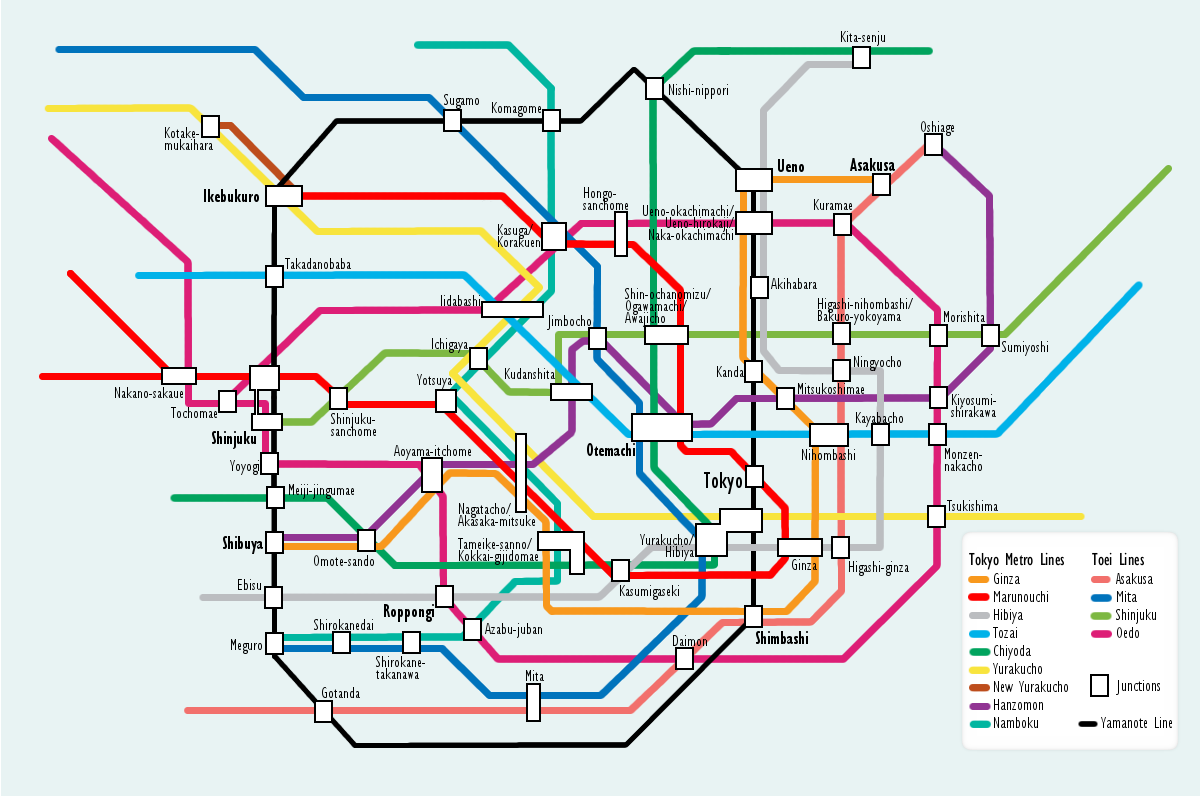
Review: 'Semiotics of Visual Language'
by Fernande Saint-Martin
For basic time constraints – I’m going to review Chapter 4 about Kandinsky’s theories about – “The Pictorial Basic Plane’.
It seems that there are 3 other defining ways (besides Coloreme discussed in the 1st chapter) to define the Pictorial Plane (in this case – analyzing painting, drawing, photography or video – or just the limited frontal plane), nothing in 3 dimension, although this analysis could be used in sculpture or installations.
First, the visual representation is defined as a ‘space of life’ or a space of ‘free movement’ that demands perceptual attention – the truth that the visual representation presents itself in a SPECIFIC way into its surrounding space.
The first is ‘TENSION’, or how a visual in inserted into that basic plane and how other visual elements are then inserted with its relationship to the first. He mentions that we primarily ‘center’ the first images, and the second and subsequent case creates the interaction, or ‘TENSION’.
The second is ‘WEIGHT’ of the elements in the pictorial plane. How much space is covered and that relationship to each other.
The third is ‘Periphery’ – where its located on its basic visual plane.
Kandinsky coined the phrase ‘Plastic Representation’, which Saint-Martin writes that is adverse to the theory of Gestalt, or the ‘whole’. However by analyzing each shape to each other usually does result in a ‘gestalt’ of some sort, even as Kandinsky tried to created a basic visual language. You could argue this case by looking at cave paintings or perhaps in Egyptian hieroglyphics, although there is evidence that this is a pictorial ‘language’ and not form.
I found these chapters fascinating, but difficult to sift through. I appreciate that there is a need to create a sense of order in our need to depict form and information, but don’t artists create their own visual language with each piece? This book only affirmed the Graphesis reading, which questioned my notion of is it art, or is it data being conveyed?